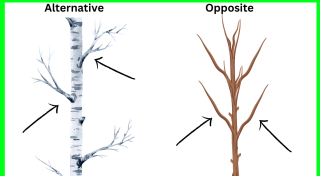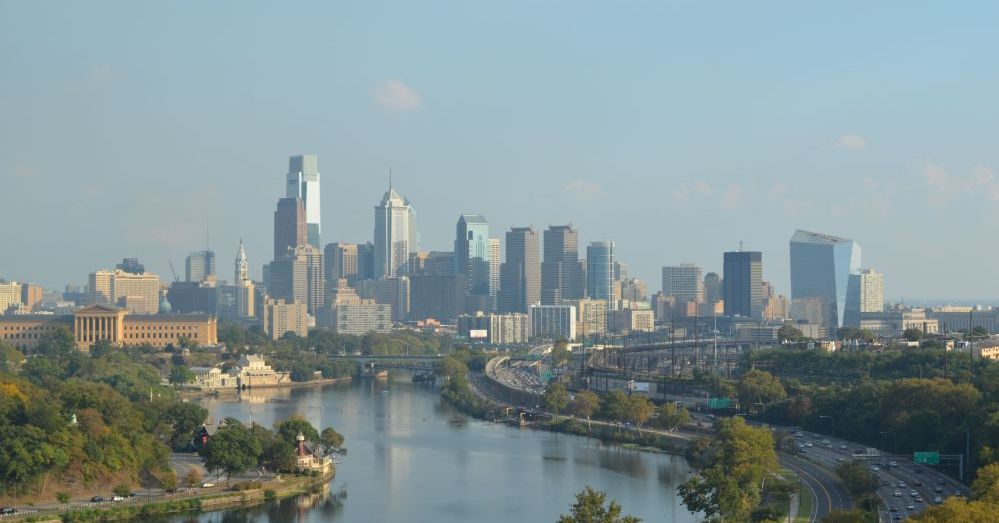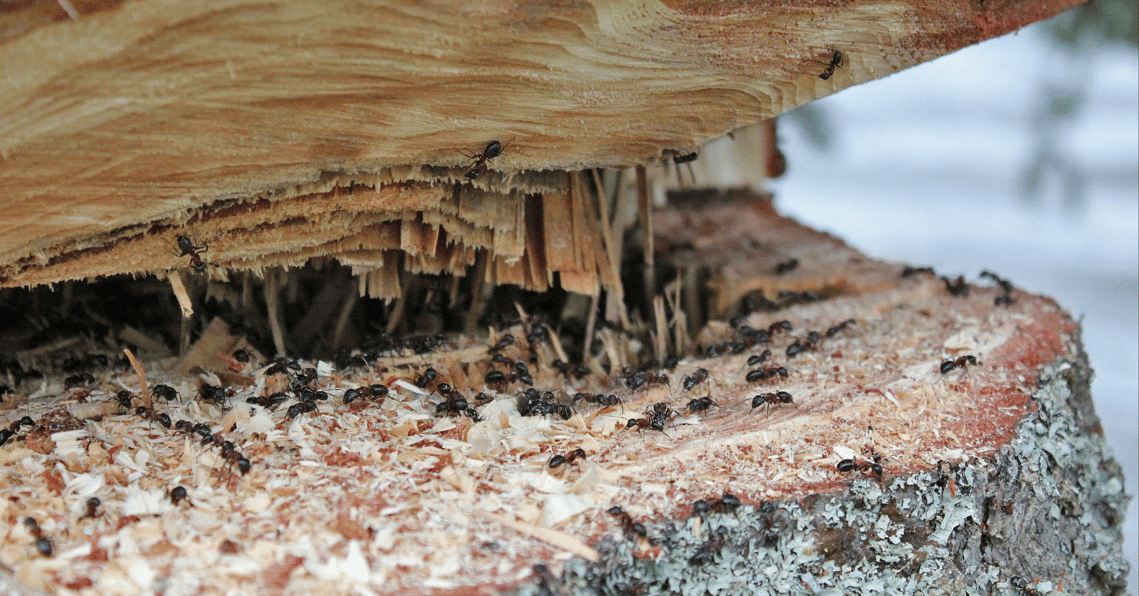At Strobert Tree Services, we take pride in our in-depth knowledge of tree care, health, and maintenance. Today, we want to share some fascinating information about opposite-branching trees. This unique characteristic helps identify certain tree species and gives insights into their growth patterns and ecological significance. Understanding these patterns is crucial for maintaining healthy trees, and that's where our expertise comes in. We serve Delaware, Pennsylvania, and New Jersey, and we're here to help you care for your trees in the best way possible.
What Are Opposite Branching Trees?
Opposite-branching trees exhibit a unique pattern where side branches, leaves, and even buds grow in pairs directly across the stem or twig from each other. This pattern creates a symmetrical appearance and is contrasted with alternate branching, where branches and leaves grow at staggered intervals along the stem, not directly across from each other.
The Significance of Branching Patterns
Branching patterns, including opposite and alternate branching, are critical for several reasons. They play a significant role in the structural integrity of trees, impact light penetration and photosynthesis, and influence a tree's aesthetic appeal. Moreover, these patterns are vital for identifying tree species, as they are a critical characteristic that differentiates one species from another.
Trees with Opposite Branching
A handy way to remember some of the most common trees with opposite branching is the acronym "MAD Cap Horse." This mnemonic stands for Maple, Ash, Dogwood, Caprifoliaceae (a family of plants), and Horsechestnut (Buckeye). Let's take a closer look at each of these:
- Maples (Acer spp.): Maples are the most recognized trees with opposite branching. Known for their vibrant fall colors and maple syrup production, these trees are a staple in many landscapes.
- Ashes (Fraxinus spp.): Ash trees are valued for their sturdy wood and are often used in making furniture and baseball bats. However, they have been threatened by the emerald ash borer, making proper care and maintenance even more critical.
- Dogwoods (Cornus spp.): Dogwoods are beloved for their beautiful flowers and striking fall foliage. They are commonly used as ornamental trees in landscapes.
- Caprifoliaceae family: This plant family includes some species with opposite branching, such as viburnums and honeysuckles, which are often appreciated for their flowers and berries.
- Horsechestnuts / Buckeyes (Aesculus spp.): These trees are known for their large, palmate leaves and the production of distinctive spiky fruits containing nuts that resemble the eyes of a deer, hence the name.
Why Is This Important?
For homeowners, landscapers, and tree care professionals, identifying a tree's branching pattern is crucial for several reasons. It helps accurately identify species, which is the first step in providing appropriate care. Different species have varying needs regarding sunlight, water, and soil type, and misidentification can lead to ineffective care practices.
Furthermore, understanding branching patterns can assist in diagnosing and managing tree health issues. Certain pests and diseases are species-specific, and early identification can prevent widespread damage. For instance, the aforementioned emerald ash borer primarily affects ash trees; identifying ash trees through their branching patterns can aid in early intervention and potentially save numerous trees.
Strobert Tree Services: Your Partner in Tree Care
At Strobert Tree Services, our team of certified arborists and tree care professionals is equipped with the knowledge and expertise to care for your trees, regardless of their branching patterns. Whether you're looking to identify the trees on your property, need advice on planting new trees, or require maintenance and disease management, we're here to help.
Our services extend across Delaware, Pennsylvania, and New Jersey, and we're committed to providing top-notch tree care that ensures your trees' health, beauty, and longevity. From pruning and trimming to pest and disease management, our comprehensive services are designed to meet all your tree care needs.
Understanding the unique characteristics of opposite-branching trees is just the beginning. With the proper care and maintenance, these trees can thrive, enhancing the beauty and value of your property. Contact Strobert Tree Services today to learn more about how we can assist you in achieving optimal tree health and vibrancy.











